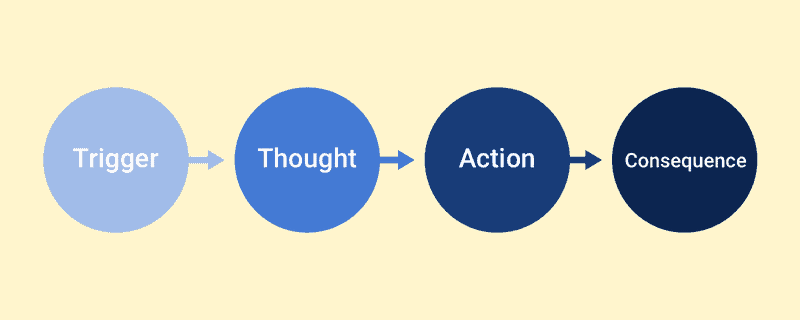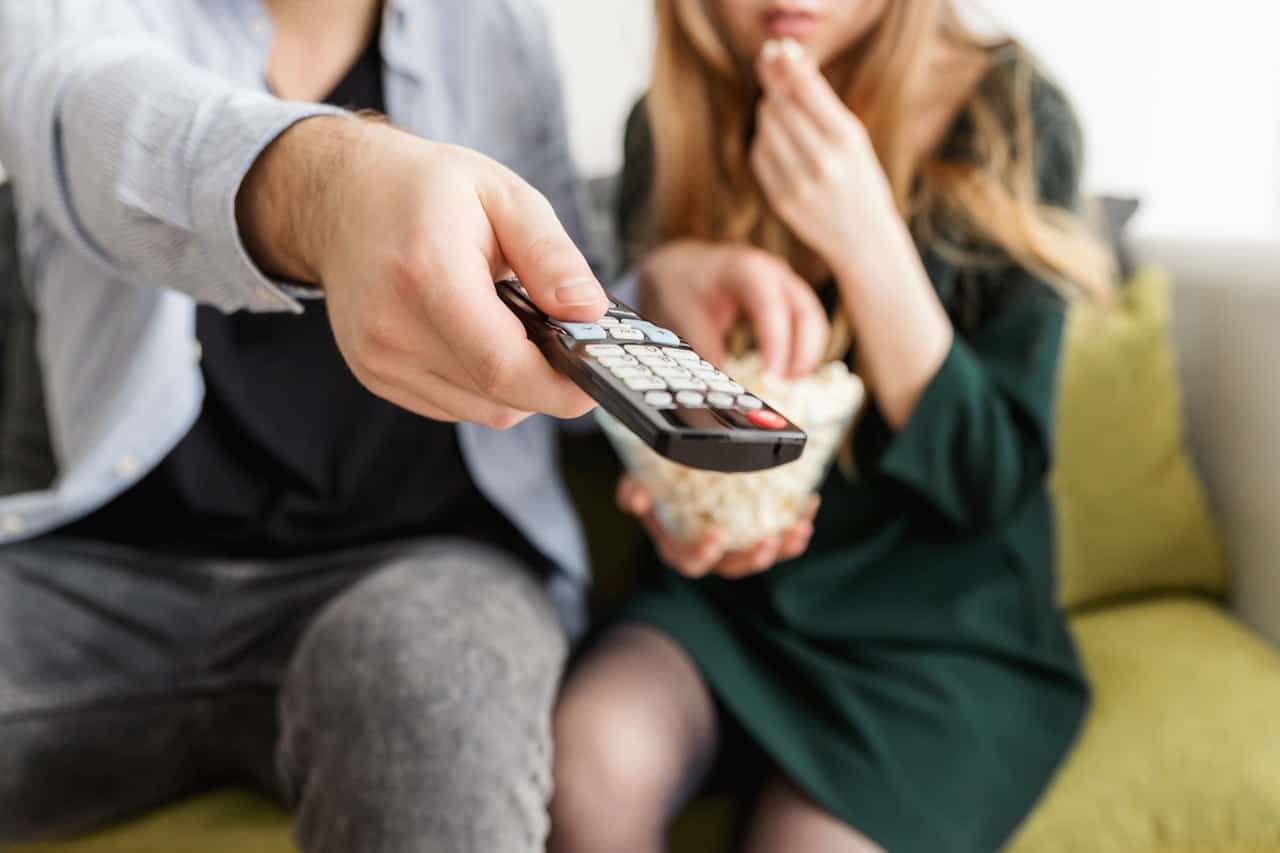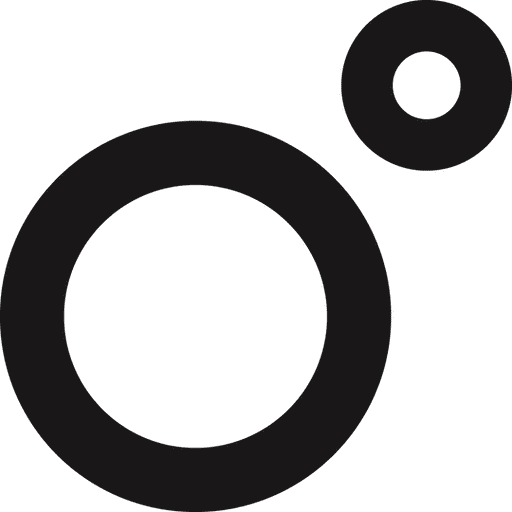Rachel Hansen, MS
While we think of ourselves as one person, we are actually made up of many different parts. The good news is that there is a clear distinction in who we are and what we do, meaning that our behaviors are not the same as who we truly are at our core.
When we settle into patterns of behavior, we tend to forget that they were learned. It’s almost as if they are part of us; they are who we are. These are called “automatic behaviors” and as comfortable as they are, they are not inextricably linked to us! We have the power to change our behaviors and ultimately shape our life around us.
What habits are:
Over time, every person develops habits — or patterns of behavior — to serve their needs. Behavior patterns are consistent, learned tendencies that are used to achieve an outcome, and what we seek reinforces the behaviors we are engaged in (even if they aren’t super great).
For instance, our morning routines (brushing our teeth, washing our face, doing our hair) serve many purposes like basic hygiene, fresh breath, and feeling good about both the way we look and the day ahead. The results of basic hygiene garner us social attention and better health, and also help us to maintain the behavior.
Overall, habits help us so that we don’t have to think about every little thing we do! While there are many benefits to our habits, sometimes there are pitfalls.
Not all habits work for us in a positive way or align with our goals. These habits (also known as “bad” habits) are learned in the same way as healthy habits.
All habits are adaptive to the unique situation or environment. Habits that we may later deem as “bad” can be useful during one period of time to comfort us or to help us cope, or they may even be learned by watching others while growing up.
There is absolutely nothing wrong with having so-called “bad” habits—we all have them!
What habits are not:
The one thing that habits are not is permanent. Even though habits can feel near-impossible to break.
It may also seem like habits have control over us, and that they are there for the long haul. Yet, no matter how hard it may be, they are breakable. It takes time to learn them, and so it could take a bit of time to break them.
Want to make some changes? Let’s learn about the behavior chain!
The Behavior Chain
To put it simply, a behavior chain is a series of events that both precede and proceed a specific behavior (your “habit”)

1. Trigger
The trigger is that initiating event, feeling, thing, or moment that sets the chain in motion. Triggers can be environmental, mental, emotional, social, and even biological.
When it comes to eating habits, common triggers include feeling stressed after a long day of work (emotional) or seeing treats in the breakroom (environmental).
2. Thought
Triggers produce thoughts that take on a variety of forms. They can work against us by justifying certain behaviors or leading us to feel disempowered in a situation.
A common example is: “I’ve been eating well today, so I can skip the gym after work” or “I’ve already gone over my calorie budget, so I might as well keep eating.”
Understanding your triggers and thoughts is helpful in developing a better understanding of the root of your habits — why you do or don’t engage in certain behaviors.
3. Behavior
Behaviors are the actions you take (or don’t take), which ultimately become habits.
While some actions align with our health goals (like eating a few servings of veggies each day), other actions don’t (like skipping meals or waiting until you’re overly hungry to eat). Those behaviors aren’t inherently “bad”, but they may interfere with helping us lead the lives we want, or becoming the person we want to be.
Actions are inevitable, but they aren’t predetermined. We can determine what actions we take by working with our triggers and thoughts, and considering how the next step (consequences) reinforce or undermine our behaviors.
4. Consequence
The consequences have the power to either reinforce or undermine behaviors.
For example, if you eat 4 slices of pizza and feel physically sick afterwards, you’ll be less inclined to do that again. On the flip side, if you go for a walk on your lunch break and feel energized and focused throughout the rest of your day, you’ll be more likely to go for a walk on your lunch break again.
Learning about the behavior chain is just the beginning in understanding how we can change our behaviors to better align with our health goals.
Why you can trust us
At Noom, we’re committed to providing health information that’s grounded in reliable science and expert review. Our content is created with the support of qualified professionals and based on well-established research from trusted medical and scientific organizations. Learn more about the experts behind our content on our Health Expert Team page.



 Meaghan Cameron
Meaghan Cameron
 Noom Team
Noom Team

 Shoshana Fishbein
Shoshana Fishbein
 Melissa Kay
Melissa Kay
